Where To Buy Super 8 Film Camera
How to shoot Super viii film in 2020
A Digital Native's Guide
If you're similar me, and yous've spent the concluding decade of your life shooting on digital cameras, from 5Dmk2s all the fashion up to Sony Venices, shooting on film is probably something that you've always liked the idea of, but never really institute the reason, nor the confidence, to see it through.
I mean it's understandable — movie is a seemingly expensive and sometimes cruel mistress. When you shoot digital, what you lot run into is (for the nigh function) what y'all become, and you lot know that when you lot smash that record push, what you lot've recorded is pretty much what you intended to run into. You too know that if information technology wasn't correct, or you lot changed your heed on how you'd like to shoot it, you can just keep slap-up that record push button until you're happy or your re-usable cards run out.
When you lot shoot motion picture, the second you smush your stubby appendage onto that shutter trigger, you're literally spending money. If you lot're not getting your exposure, focus or limerick right, you may too be shooting a big ol' money gun into a furnace.
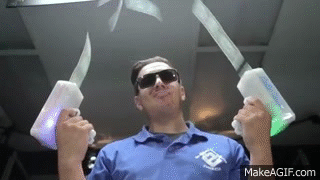
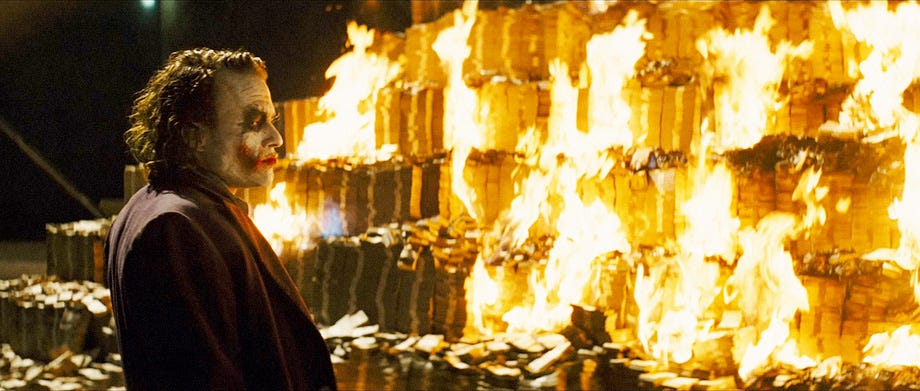
That existence said, at that place is something inherently, inexplicably cool nearly shooting on pic.
I won't go on and on about it hither, but there are definitely certain jobs that call for an counterpart aesthetic. Now, I'thousand not recommending anyone who'southward never shot on motion-picture show before to go out and shoot their side by side project on 35mm, unless you're actually, really, Really confident in what you lot're doing. I certainly wouldn't even become near it without a knowledgeable crew around me. 8mm, on the other mitt, is definitely conquerable, every bit long every bit y'all have a good enough understanding of cameras on the whole.
I recently went through this learning process while in pre-production for a brusque documentary, so I thought I'd distil the information for anyone who was interested in shooting 8mm. Buckle upwardly.
Step 1 — Choosing your Super 8 photographic camera
Unless y'all want to chuff up big dollar bills and buy 1 of Kodak'southward new "semi-digital" Super 8 cameras (Does that thing actually exist?) You lot're going to need to notice something used and 'of the era'—the era beingness between 1965–1980…ish. This might audio a scrap dodgy, buying something well-nigh xl years old to employ on a paid gig, simply rest assured, the 1960s and 70s was a gold age of manufacturing. Just like your Mum's Kenwood nutrient processor, Super viii cameras in the 60s and 70s were built like brick shithouses.
There are plenty of manufacturers to choose from. Some ol' familiars such as Catechism, and some non then familiars, similar my personal favourite (for proper noun reasons but), Elmo.
From speaking to several existent humans and digging through some forums, it turned out that if you want something reliable, easy to use, and full of handy features, your best bet is either something made by Catechism or Braun Nizo.
There are unlike models from each, ranging from entry-level up to professional. As far every bit I can tell, the main differences in models are akin to current cameras — if you get a premium model you lot get more photographic camera speed (ASA) compatibility, more frame rate and shutter speed options, a better light meter, and a better lens. It seems that only the most spenny Super eight cameras give the selection of an interchangeable lens.
Meridian PICKS FOR CANON: 814 Forty-S, 1014 XL-S

TOP PICKS FOR BRAUN NIZO: 801, S80

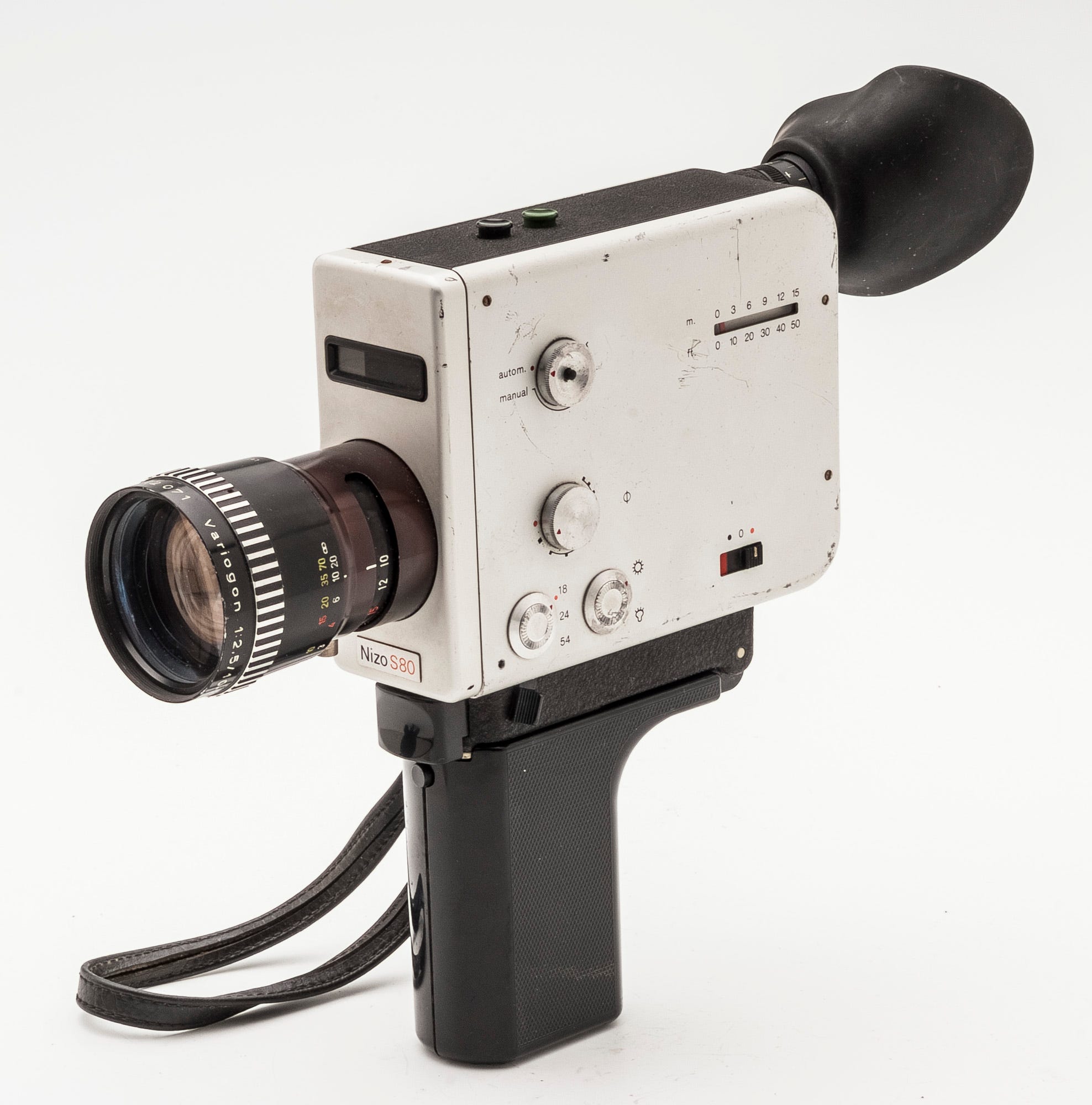
After some deep diving on eBay, I ended that the Braun Nizo 801 was a cost-effective buy. There seemed to be more of them in a very practiced condition, and the toll was very reasonable. There about seems to exist a cottage industry congenital on repairing and reselling them. Nosotros paid around £250 for ours, and oh male child, she is MINT. Every bit with most technical purchases, you get what you pay for, and yous really don't desire to cheap out on something like this.
Top tip: make certain whoever you're buying it from has a adept seller rating, and that they've mentioned testing it in the description. It just gives you lot a bit more than security when it comes to knowing what to expect from the item, and having a leg to stand up on if it shows upwards in several pieces.
The Braun Nizo 801
If you lot practice decide to become down the Nizo route, here's the depression downwards. It runs on half dozen x AA batteries, too as 2 x 1.35V Weincell batteries for the lite meter. It was crafted by Germans, so you lot know it'south solid. Wrapped in perfectly milled aluminium, it has a comforting weight to it.
When not in use, it has an articulating handle which tucks up backside itself, ensuring the batteries don't become drained. The view-finder has an adaptable diopter so that yous can accommodate the epitome to your vision.
All of the buttons are obvious, intuitive and uncomplicated to operate. The camera comes with a Schneider vii–80mm i.vii lens, which roughly equates to a 28–300mm lens in 35mm language (or 11x zoom). The lens has electronic operation for both its zoom and aperture functions, with manual options available, albeit still electronically controlled for the aperture. The light meter in the camera is straight linked to the aperture dial, and can automatically adjust to your environment past automatically detecting your moving picture's ASA speed.
Information technology also has a geared reel counter, letting y'all know (approximately) how much picture show is left on your 50ft whorl. You have the choice of iii frame rates: eighteen (for that classic film vibe), 24 (for that new-wave cine vibe) and 54 (for 3x slowdown on an 18fps timeline). There'due south also the option for variable shutter speeds, mainly for shooting in low-light conditions.
The camera also has some peculiar settings, such every bit a "deliquesce" and "fade to black" characteristic, which was maybe fun or useful before NLEs came along, but in 2020, it feels a bit novel.
Step 2 — Choosing your film stock
Different 16mm or any other larger moving picture formats, Super eight is pretty damn easy to work with. No need to buy a tent or worry about having good plenty proprioception to load in the night. The film comes in a little cartridge that y'all simply plonk into the back or side of your camera and off you get.
If you've always shot 35mm film stills, buying motility moving-picture show stock won't be a new experience for you, and then you might want to skip the next section if yous're one of the lucky ones.
Dissimilar film stocks have different subjective, all the same measurable, characteristics: contrast, saturation, colour rendition…the listing goes on. The best fashion to get to know which stocks exercise what, and which ones you like, is to either exam them for yourself or watch clips online. That'due south a whole new adventure for you to embark on. From a purely technical standpoint, the virtually of import things you need to wait out for when ownership film stock is the speed and color temperature*
*you tin also buy colour-reversal motion picture, but don't unless you've read upwards on it. I'm trying to keep this curt, so I've called to omit it. If yous desire to know, ask! Otherwise, stick to negative.
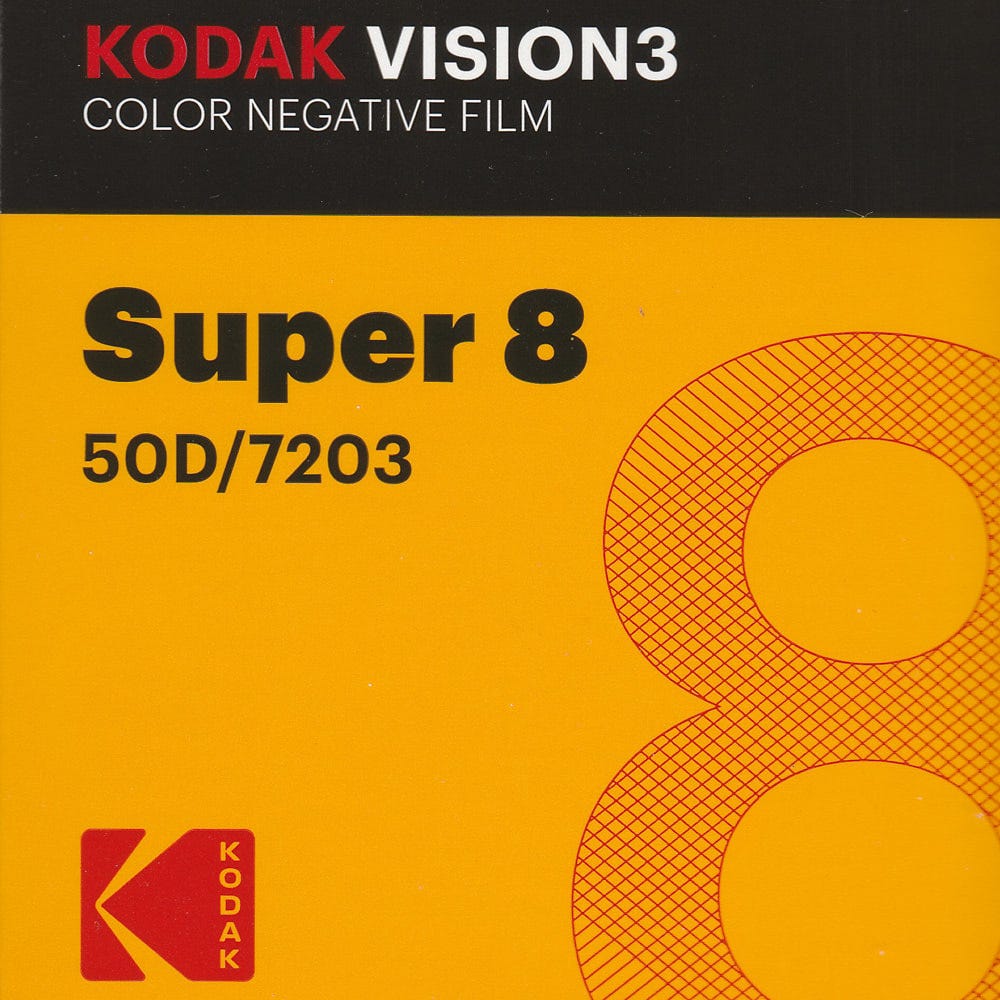
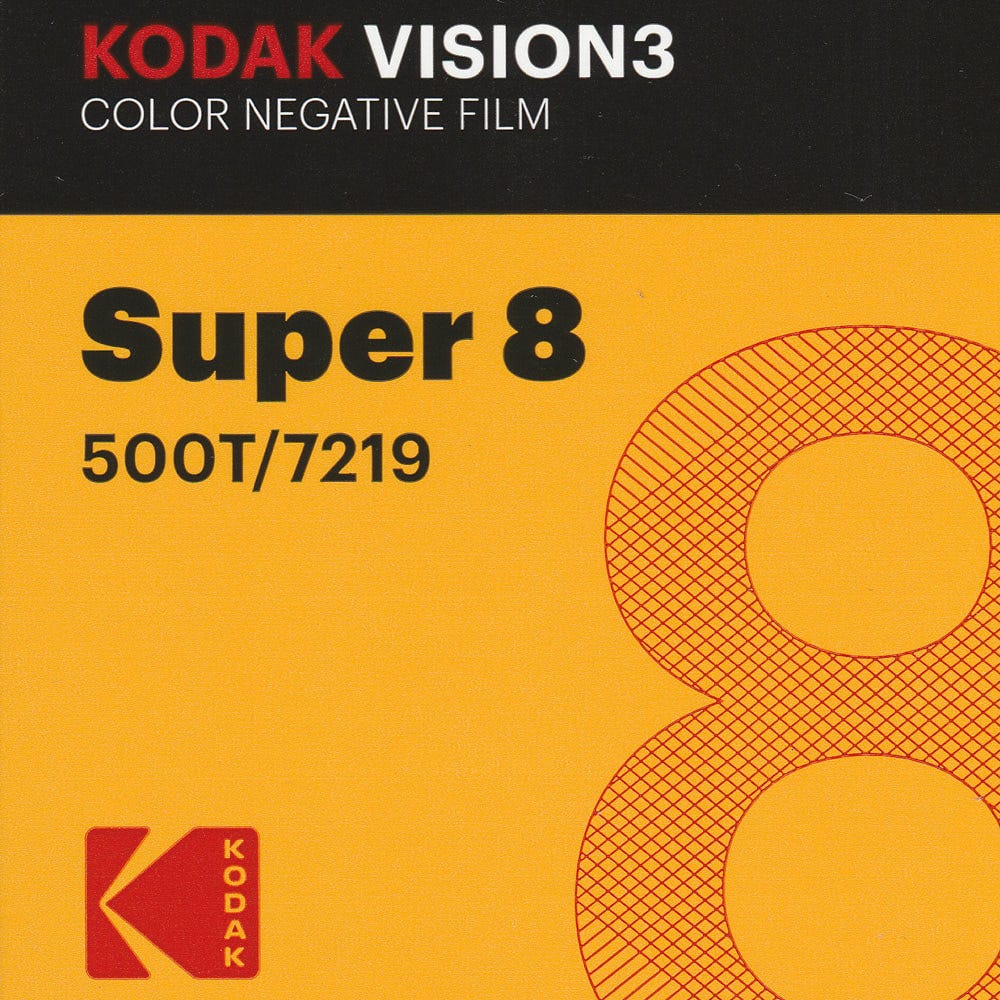
Each picture has an ASA rating, which in layman's terms determines how sensitive the film is to light. If you're used to digital cameras, ASA is equivalent to ISO.
The affair with film is that you can't plough the gain up in-camera. ASA is fixed, and the way to burnish upwardly your movie if you lot've underexposed information technology is to 'push' it using a chemic process in the development. This introduces grain, which, depending on your desired event, could be a blessing or a disaster.
Generally speaking, if you're shooting indoors, or in less well-lit weather, opt for a moving picture stock with an ASA of above 250. The caveat to shooting on a higher-speed stock is that the granulation of the grain itself is larger.
To draw a comparison to digital sensors: bigger pixels are more lite-sensitive than small pixels. If you have bigger pixels, you get better low-light, but as well lower resolution (hence the low-light ability of the a7S). The same applies to film. If your exposure size is Super 8 and you lot utilize a lower ASA film, it'll have smaller, more densely packed silver halides, which means that your motion picture will be less sensitive to low-cal only will produce sharper images.
Sometimes information technology's improve to simply use more than light and work with a lower ASA stock, sometimes it isn't. It's all personal preference, but skilful to learn, eh?
Aslope having a fixed ASA, picture show stock too has a fixed colour balance. Information technology's either tungsten counterbalanced, or daylight counterbalanced. That ways that the pic is produced to interpret either 3200k or 5600k as white. If you use daylight film in a tungsten room, it'll look really warm and if you utilise tungsten moving picture outdoors it'll expect really cold. In that location are times when this can exist used for effect, only it's skillful to at to the lowest degree know the rules before you lot break them.
You lot can too buy something called an 85 filter (some Super 8 cameras have this built-in) to get-go tungsten film for apply in daylight conditions, but this will toll you 2/3rds of a end of calorie-free.
New vs. second-hand film stock
There are two ways of getting your grubby mitts on Super eight pic; you can either buy newly manufactured cartridges or adopt the more budget-friendly, if-not-potentially-risky approach of sourcing and purchasing onetime or expired cartridges.
The new stuff
At the time of writing, there aren't likewise many companies manufacturing Super 8 film. The place that I purchase mine from (www.on8mil.com) sell 2 brands: Kahl and Kodak.
Kahl brand quite a few flavours of film, none of which I have whatsoever experience in using, so try them at your own peril. Kodak, on the other hand, make but 5 stocks. They are their latest generation of stocks—the VISION3 stuff.
In that location's enough of resources online to compare them, and they perform every bit predicted every time, providing yous shop them well. They as well produce the same VISION 3 stocks in 16mm and 35mm (and fifty-fifty IMAX), so you can shoot on the same stock as Hoyte Van Hoytema or Bob Richardson if yous like. A film cartridge volition cost you effectually £35, and, depending on your frame rate, will terminal around two–3 minutes.
The quondam stuff
The risks associated with buying these are ii-fold:
- You lot don't definitively know how the film has been stored since purchase, which is a trouble considering humidity, pressure and temperature (not to mention magnetism and light exposure) all have an impact on the film itself.
- Each roll, even if information technology's the same stock, volition vary profoundly depending on how it's been kept. This means that if you wanted to shoot two rolls for a chore, you can't exist certain that they'll both come out the same.
If you are going to become downwardly this route, there's some good advice out there in terms of questions to ask the previous possessor about how they've kept the film.
Martin Baumgartner, an manufacture rep and user of Cinematography.com, says the following:
"Motion picture that is to exist used within 1 to 3 months can be stored at room temperature, but KODAK and other manufacturers recommend storage at 55F or less for picture being stored 1 to half dozen months. Longer than half-dozen months, it should be refridgerated, and longer than a year, it should be stored frozen. Get good quality ziplock freezer bags, evacuate as much air out of the bags equally you can earlier you lot zip them up. As well, if yous can do this in an environment at less than 60% Relative Humidity, that volition help. The official recommendation is for 'indate' film, as with expired filmstock yous demand to shop it cold so information technology volition keep. And then, for whatsoever 'good useable' expired filmstock, if using information technology inside a year, refridgerate it, otherwise freeze it."
Shooting
So, you've got your photographic camera, you've learnt how it works, and y'all've thrown a cartridge into the back of it. Off you lot go!
Do your best to calculate how much moving picture you lot'll need to shoot your project before you start, and stick to it. Ration it out appropriately. If you're shooting a documentary, you lot're likely to need a LOT more moving picture than if you're shooting a curt film or lifestyle commercial.
All I tin can really say almost shooting on Super 8, or any film, is that it isn't limitless and it tin't exist overwritten. Be frugal, and continue an eye on the reel counter. Similarly, try to keep an heart on your exposure. Overexposing film isn't the worst thing in the globe equally most stocks volition agree together even if overexposed by 3+ stops. If you underexpose, even so—even by a finish—you've bought a one-fashion ticket to board the grain train and there ain't no coming back.
Development and processing
Offset thing's start, yous need to get your spent cartridge out of the camera and mail information technology off to a programmer.
Every bit I mentioned above, I use on8mi.com , who offering a multifariousness of tiered pricing options dependent on turn-around speed and your development preferences. I'm fairly sure that they send it off to Deutschland to be chemically adult, and then exercise the digitisation themselves. Either manner, they do a great task.
Push or pull?
When you lot send your film off, you can attach a notation to the programmer informing them of how you lot'd similar your motion-picture show treated. This works well if y'all've shot the whole reel purposefully under or overexposed by a stop, every bit they'll be able to perform this correction chemically.
I don't retrieve this tin can be done on a shot-by-shot or scene-by-scene basis, so make sure you're happy for your whole reel to be afflicted.
Resolution
One time your moving picture'due south been chemically developed, it has to exist processed. This involves scanning the developed reel and digitising it.
In that location are more decisions to be made at this stage. First of all, y'all need to determine which resolution you'd like to take your film scanned at. Personally, I don't recollect there'southward much utilise in scanning Super eight moving-picture show above two.6k, as each frame is merely 8mm in size, and then yous don't get too much boosted benefit past having a 4k scan unless you lot plan on actually punching in, which would increase the size of your grain. On8mil.com offering a ane.v, two.6 and 4K scan of Super 8.
Frame Rate
If you shot at 18fps and you have your movie scanned at 25fps, it will play dorsum fast. If y'all shot at 50fps and have it scanned at 25fps, it volition play back irksome. If you lot match your scanned frame rate to the frame rate yous shot at, information technology'll playback in existent time. The choice is yours.
Overscan vs Underscan
This option is basically a "how hipster are you feeling?" slider.
Total-perf overscan scans the surface area outside of your exposed frames, allowing you to see the perforations as well as any other cool markings on the roll, like 'Kodak' which flashes up every now and and then. That's what I'd describe every bit "total hipster". From there, you just choose what y'all want to lose, all the way down to a cropped scan, which is just the exposed frame itself.

Colour Correction
Lastly, you go the choice of whether or non you'd like the bloke at On8mil to give your film some colour correction and exposure correction earlier sending it dorsum to you. This tin can exist great if yous're a camera person only not a colourist, or if you're actually in a compression, or merely delivering the rushes.
The other selection is to receive the scanned moving-picture show in "log" or "lite". If y'all're familiar with digital cameras, this is very like to southward-log or log-c. Very flat, very desaturated—putty in your hands. Mmm.
Editing
Once yous've chosen your options and shelled out the advisable fee, you'll receive a download link to download your film as one or a few big files, normally in ProRes. All you need to practise then is slap them into your NLE, chop them up as you lot would whatsoever other video clip, colour them accordingly and voila!
You've shot a project on pic. Nailed it.
Conclusion
All in all, the total cost of purchasing a Super eight camera doesn't really substantiate a barrier to entry. After all, £200 is basically peanuts compared to the cost of a new digital camera, and certainly for i that can capture over 11 stops of dynamic range.
The real cost when shooting flick materialises through peripherals. The cost of the stock, and of scanning and development. At its most premium, it tin can cost up to £160 ex VAT per roll, which is pretty steep for a hobbyist. If you're being more financially cautious, it tin cost equally lilliputian as £l per coil.
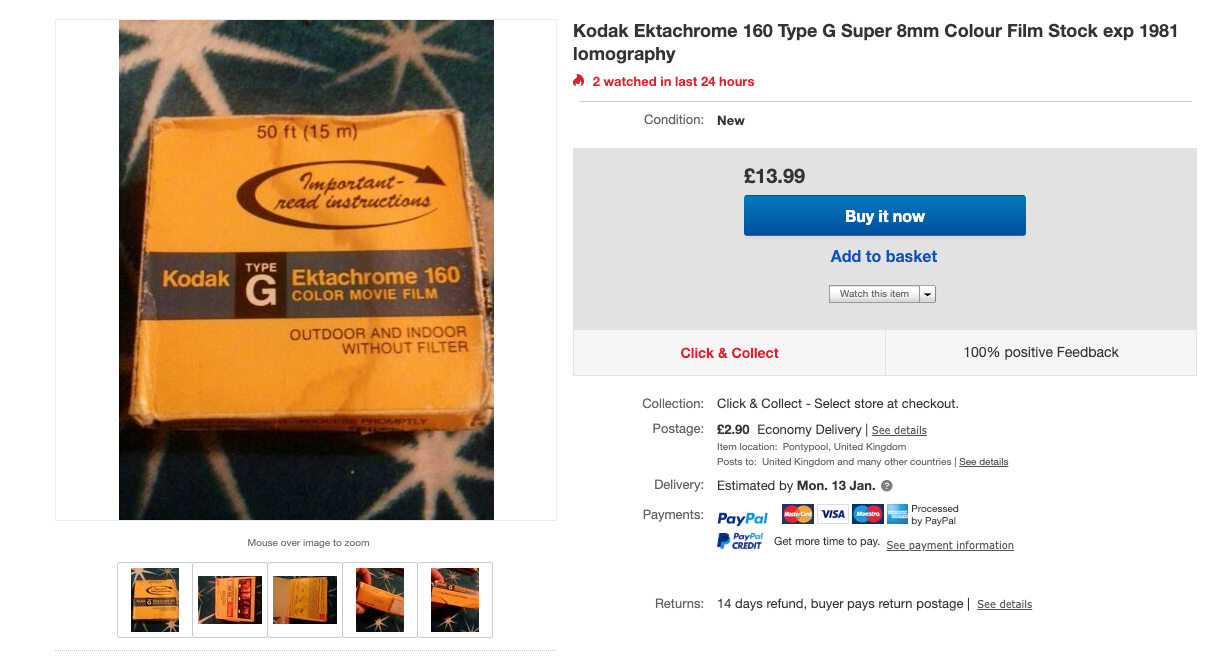
In 2020, where all data is overwriteable and you lot tin can buy a terabyte for £thirty, it'south piece of cake to think that film isn't cost-constructive. In reality, I think if you lot cater your usage to your budget, yous can produce some really brilliant results without it costing the earth, especially when you consider that you get the "film await" baked correct in. Some people spend hours in the form trying to replicate that wait. I suppose yous have to see it every bit more than simply ownership data or buying card space. You're ownership into the century of research and evolution that Kodak and others have poured into perfecting their stocks.
I hope that this guide has given you the conviction, or at least the cognition to retrieve nearly giving Super 8 a go. Even though I pretty much omitted all emotion from the guide itself, shooting Super eight is a hugely entertaining and rewarding experience, especially the first time you get your scans back and realise that you didn't just throw £100 into a furnace.
Source: https://medium.com/storm-shelter/how-to-shoot-super-8-film-in-2020-24f8c4afeee8
Posted by: wilcherinizing.blogspot.com

0 Response to "Where To Buy Super 8 Film Camera"
Post a Comment